One of the pleasures of academia is working with awesome graduate students. This paper is an example of such a collaboration. Melissa Warr, for some reason or the other, decided to do a network analysis of some of the top-cited papers related to teaching and design. Over the past couple of years this work that she initiated has morphed and mutated through rounds of discussion, analysis, writing and (re-writing). I am thrilled to announce that that work is finally out in the world. For reasons I should not get into here it took a while even after we thought we were done. Aah… the pleasures of academic publishing 🙂
This is a publication that I am quite proud of and will be quite influential to the field—seeking as it does to combine two different areas of scholarly literature: teacher education and design. A huge (HUGE) chunk of the credit goes to Melissa and I am glad to have been part of this journey.
The key question this paper seeks to answer is the following:
What does it mean for a teacher to be described as a designer, or for the act of teaching to be considered an act of design?
You can read the abstract and complete article from the link below but I would like to share some of the key findings of analysis of a decade of work in this area.
A key part of the work was identifying some key journal articles in the field and then analyzing their citation patterns to identify emergent clusters or strands of work. 10 such emergent clusters were identified. The first two images below represent the network analysis, showing clusters/strands and the patterns of citation. The table after that provides a list of the 10 “teachers as designers” strands that emerged.
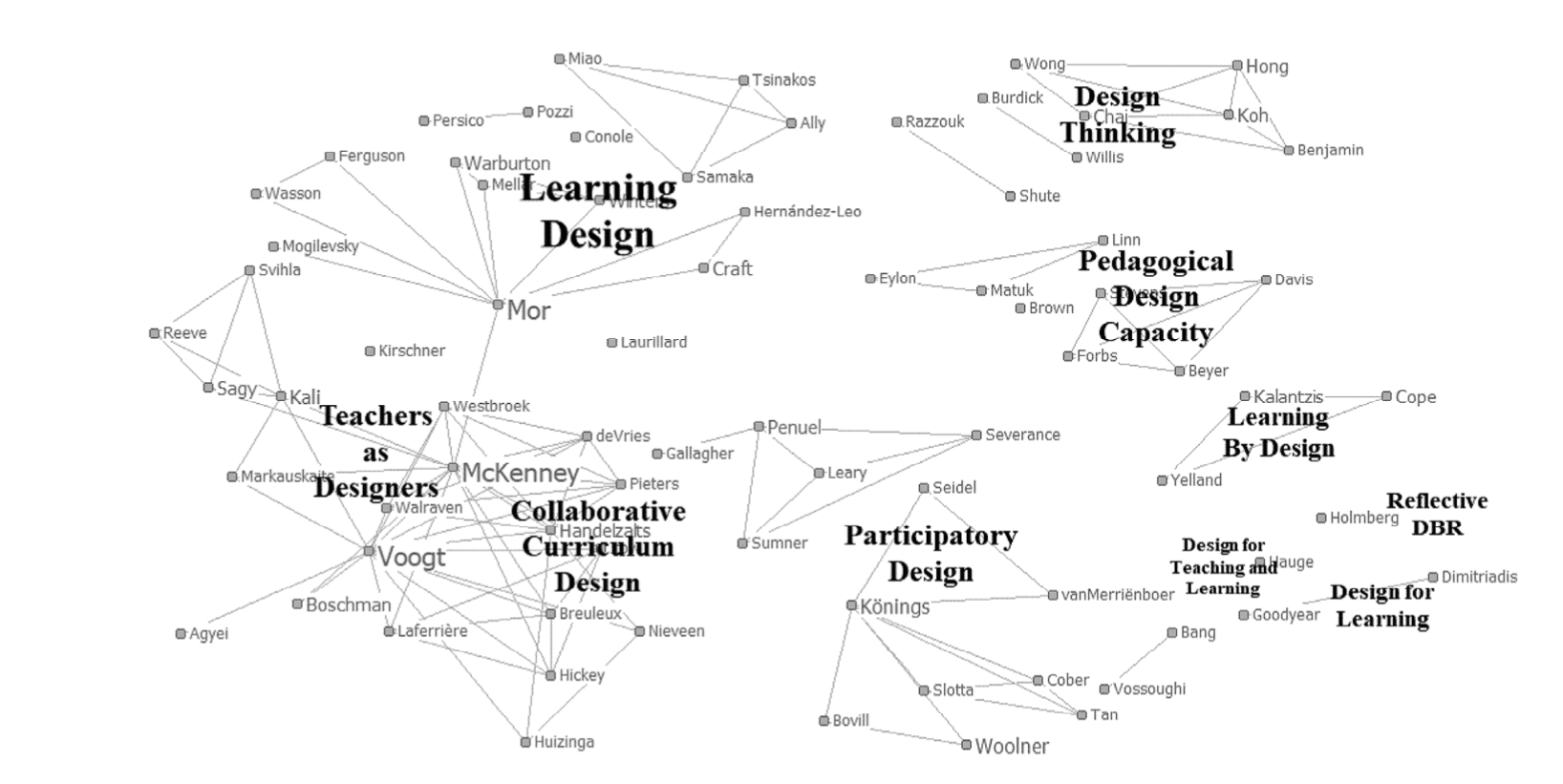
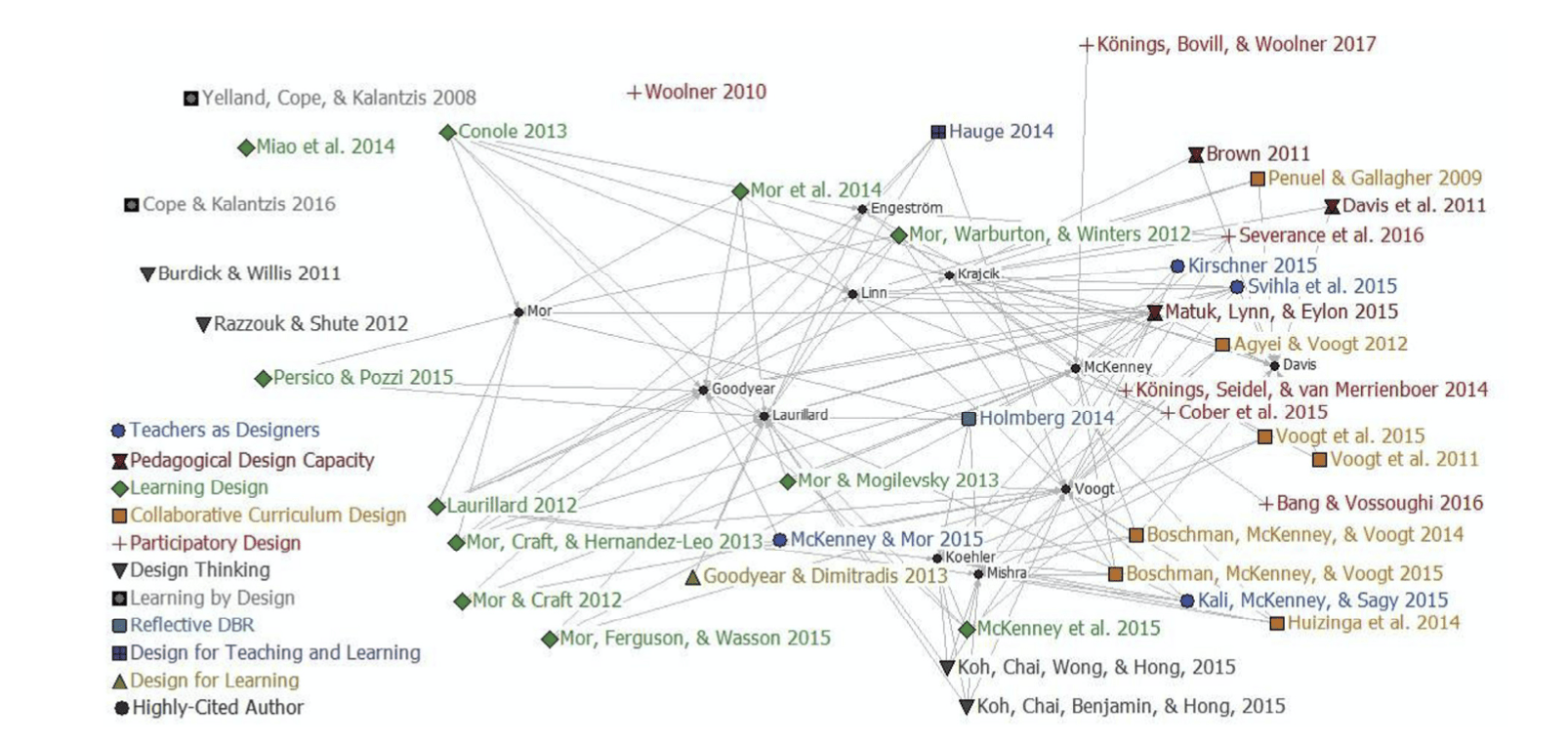
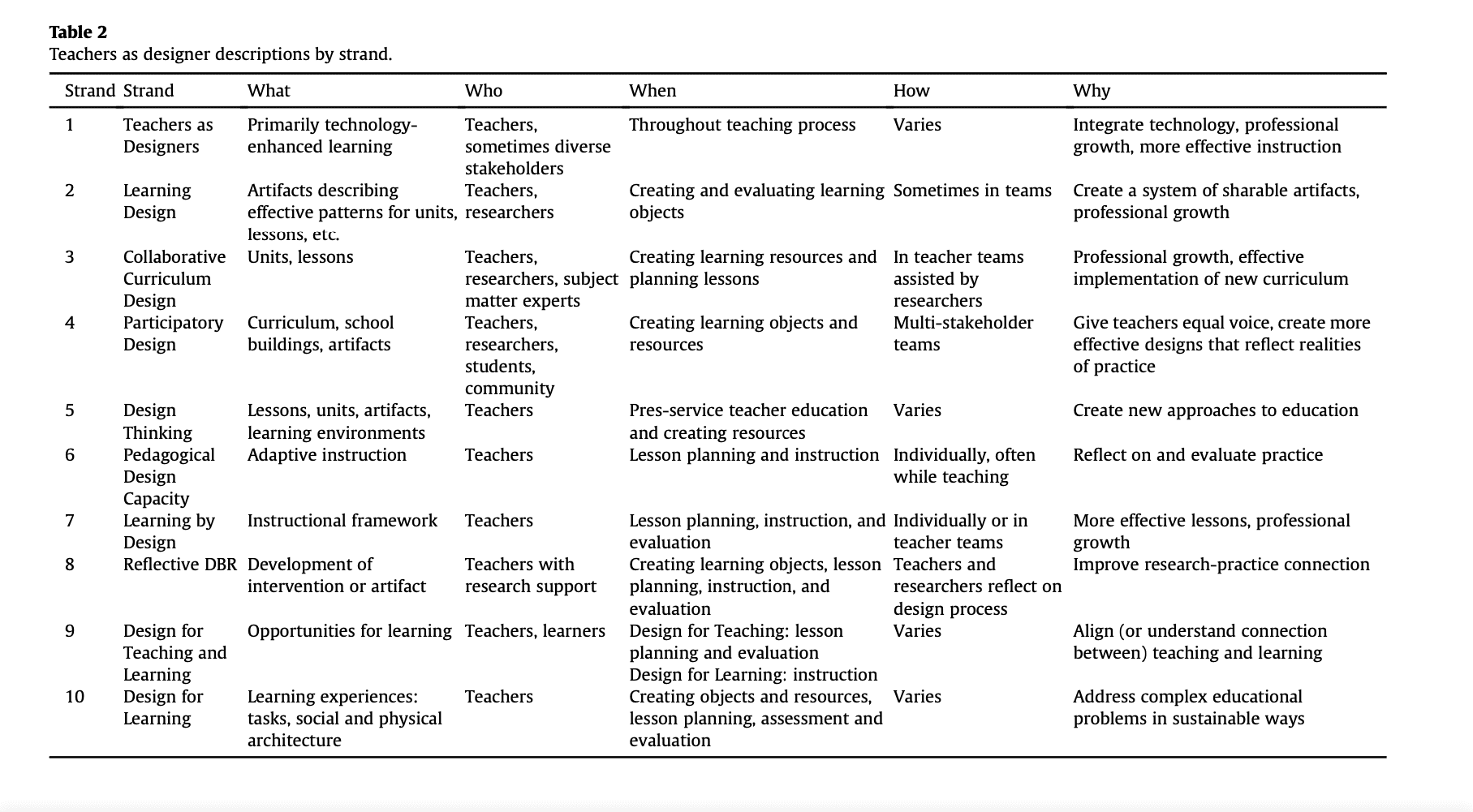
One of the important findings was that the roles teachers play as designers varies across time. The table below gives a mapping of the 10 strands to different times or stages of teachers work (or development).
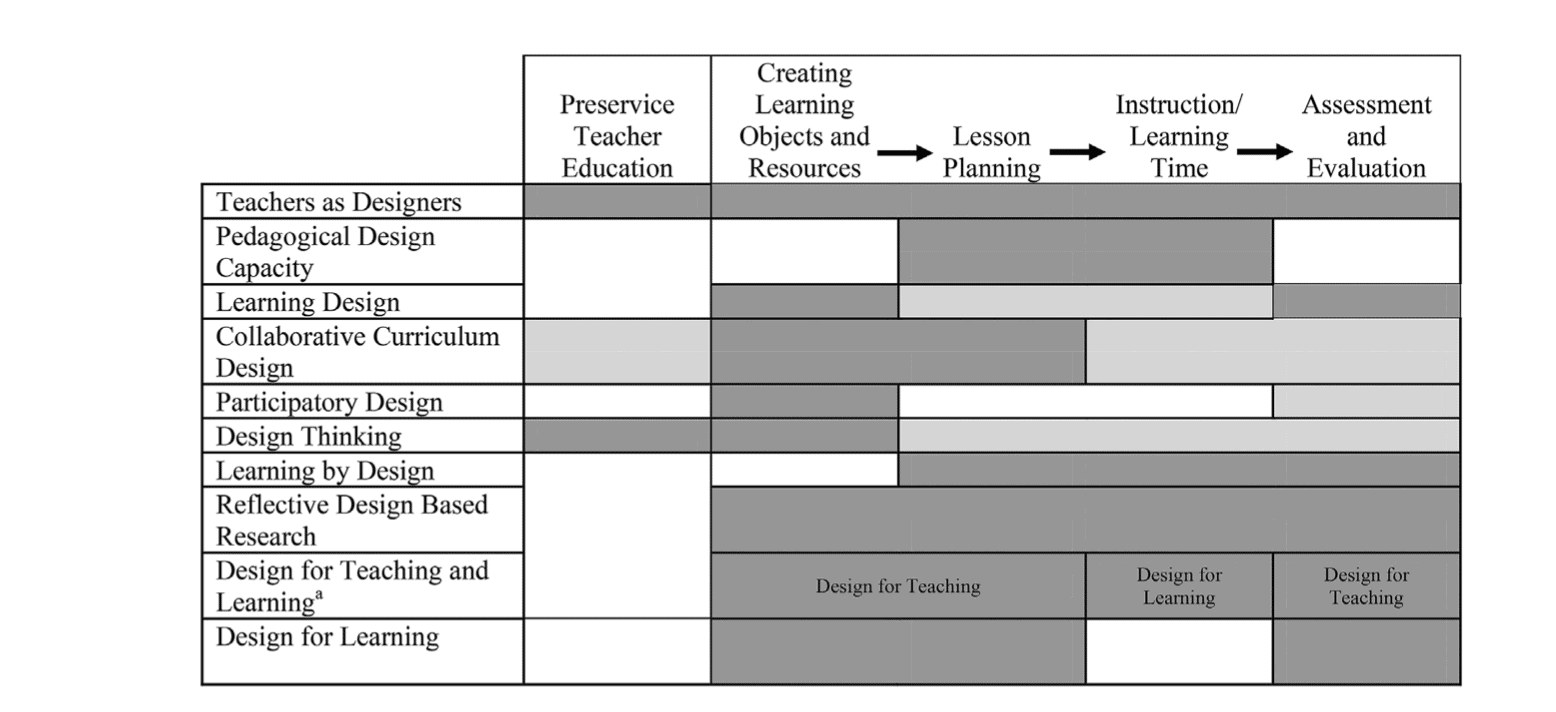
There is a lot more in the article. Citation, link and abstract given below:
Warr, M., Mishra, P. (2021). Integrating the discourse on teachers and design: An analysis of ten years of scholarship. Teaching and Teacher Education. https://doi.org/10.1016/j.tate.2020.103274
Abstract: This article presents a content and network analysis of a decade (2007 – 2017) of highly-cited literature on teachers and design. Constructs and definitions were compared in an interpretive content analysis, resulting in 10 strands, each a cluster of literature that frames teaching and design in a particular way. A citation network analysis provided insight into how the strands are conceptually related. Further analysis highlighted how each strand described what, when, and how teachers design, and the value of considering teachers as designers. The results suggest that teaching not only includes design activities, but could be considered a design profession. This perspective has implications for teacher education, specifically the development of professional knowledge.

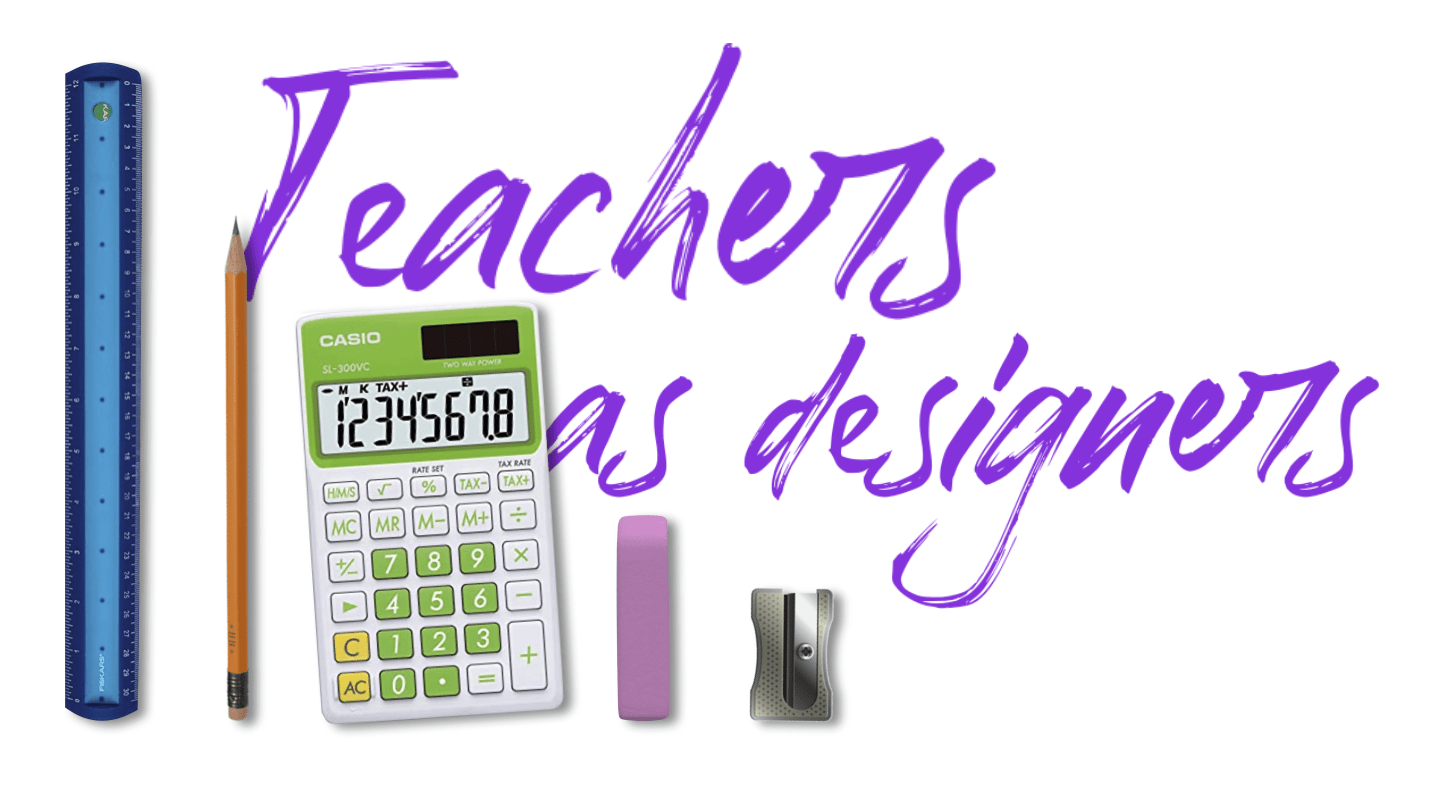
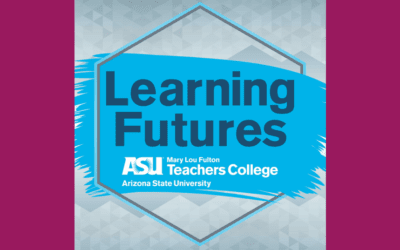

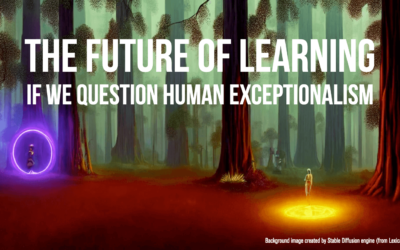
0 Comments